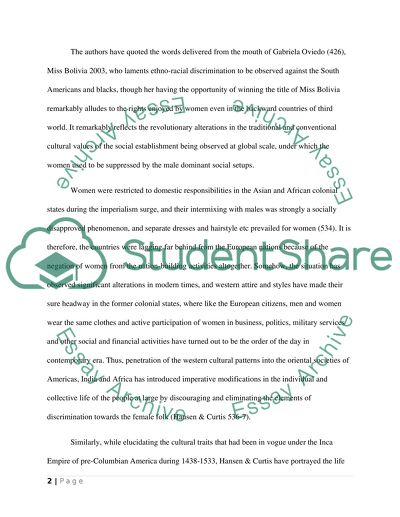Cite this document
(“Changing Of The Status Of Women Around The World Over Time Essay”, n.d.)
Changing Of The Status Of Women Around The World Over Time Essay. Retrieved from https://studentshare.org/history/1492170-the-status-of-women-around-the-world-and-whether
Changing Of The Status Of Women Around The World Over Time Essay. Retrieved from https://studentshare.org/history/1492170-the-status-of-women-around-the-world-and-whether
(Changing Of The Status Of Women Around The World Over Time Essay)
Changing Of The Status Of Women Around The World Over Time Essay. https://studentshare.org/history/1492170-the-status-of-women-around-the-world-and-whether.
Changing Of The Status Of Women Around The World Over Time Essay. https://studentshare.org/history/1492170-the-status-of-women-around-the-world-and-whether.
“Changing Of The Status Of Women Around The World Over Time Essay”, n.d. https://studentshare.org/history/1492170-the-status-of-women-around-the-world-and-whether.


